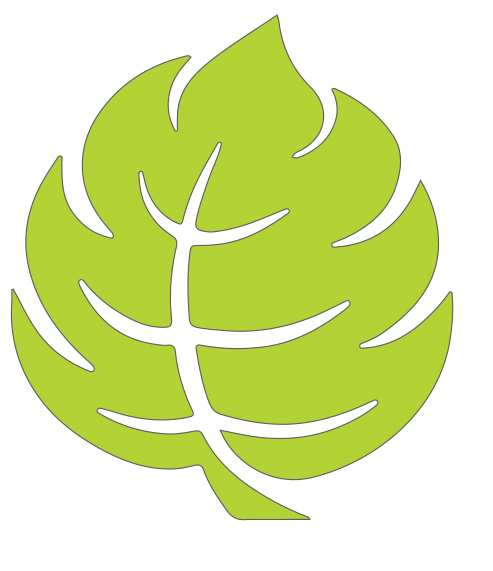What can you do if you have capillaries on your legs, thighs or even ankles? We're going to give you the answers in this longer article.
A lot of people are ashamed of their capillaries and think they are just aesthetic flaws. But this is not true. A much more serious problem is the precursor to a hairball. Don't be comforted by the statistic that capillaries occur in most women. It is an important signal from the body.
But what is a capillary or broomstick vein?
The reddish and bluish reticulated vasodilatations on the thighs or very rarely on the legs are called broomstick veins. It is actually a very mild form of varicose veins, completely free of pain and complaints. Varicose veins are a serious disease of the venous system that carries used blood from the leg to the heart.
How does a capillary form?
These small or even large lesions usually indicate that the venous and lymphatic circulation in the limbs is not very good. Congestive pressure in the lower limbs is not good, as it will eventually spread to the small blood vessels. These of course dilate and are then unable to contract. The worn blood in the leg veins flows in the opposite direction to gravity towards the heart. Unfortunately, the valves that prevent the blood from flowing no longer close perfectly, and some of the blood backs up, causing stasis. This stagnant blood eventually fills the dilated veins in the walls and forms a varicose vein at the end.
Symptoms of capillaries
When capillaries have already appeared on the leg, they are accompanied by typical complaints. You may also feel leg tensing, leg swelling, leg restlessness at night and fatigue. Varicose complaints tend to occur mainly when your feet are at rest and especially in summer. The symptoms may be relieved by exercise, as the muscle pump in the leg can stimulate venous circulation and help to empty stagnant veins. So it's almost impossible to miss the symptoms of varicose veins or varicose veins. Leg pains of similar origin but of musculoskeletal origin are the opposite, i.e. they increase with movement and hurt at rest.
When do capillaries appear?
Hereditary predisposition can play a crucial role in the development, but it can also be caused by pregnancy, taking contraceptives or hormone replacement therapy. The thickness of the skin, the consistency of the fatty tissues under the skin and certain circulatory problems also play a role. It's worth knowing that if you wax your feet regularly, you're more likely to develop capillaries. Overweight and a sedentary lifestyle can also be a trigger.
Why is it more common in women?
Some hormonal changes may also be involved in the formation of capillaries. These can include puberty, menstrual cycles, pregnancy or even menopause. These can be quite challenging for the body and unfortunately increase the risk of vein problems. Oestrogen and progesterone are often blamed for the onset of venous problems. Both cause the blood vessels in the body to dilate, and if even the blood vessel walls are fragile, capillaries and then varicose veins can form very quickly.
How can it be prevented or treated?
Movement is very important! Regular exercise can work wonders. It helps to pump back stagnant blood from your veins and also moves the lymphatic system. And it even helps to keep your muscles working.
A good herbal cream can also help. It can help to prevent varicose veins from forming when they are just capillaries. It can also relieve pain and swelling of the feet if varicose veins are already present.
Leg exercises are also important. If you do a lot of sedentary work, it's a good idea to stand up several times and walk around for a few minutes. If that's not possible, just move your legs under the desk.
Detoxification can also help, but a hot and cold shower is also excellent. Elastic stockings will help support your legs and improve venous return. Wear comfortable shoes whenever you can. This will also help your legs to circulate blood properly.
Finally, vitamin intake is also very important. Vitamin C helps a lot to keep the blood vessel walls flexible. In addition to vitamin C, it also contains vitamin E, D3, omega-3 fatty acids, selenium, grape seed extract and bitter orange. You can also maintain your blood vessels and vascular network with this vitamin. This is important because if you develop capillaries or even varicose veins, it is always necessary to keep the vascular network healthy. So in addition to external treatment, internal treatment is also very important.


